NASCAR and Flowers Plantation: A Legacy Rooted in North Carolina's Soil
The roar of engines, the smell of rubber, and the thrill of speed have long been associated with NASCAR, a sport deeply ingrained in American culture. But to understand the full history of NASCAR, one must look at the places that shaped its origins, such as the historic Flowers Plantation in Clayton, North Carolina.
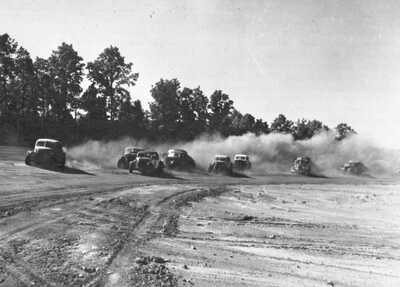 Flowers Plantation: From Pineville to Pioneering NASCAR
Flowers Plantation: From Pineville to Pioneering NASCAR
Before it was known as Flowers Plantation, the land along the Neuse River in Johnston County was called Pineville Plantation, owned by Revolutionary War veteran John Watson and his wife Elizabeth Lowry Watson³. Their son, Dr. Josiah Ogden Watson, a surgeon during the War of 1812, inherited the property and was a successful planter who owned more than 10,000 acres in Johnston and Wake Counties³.
The plantation was later purchased by Joshua Percy Flowers in 1905, who began farming cotton and tobacco during the early years of the Great Depression³. It was this agricultural heritage that provided the backdrop for the birth of stock car racing, as farmers like Flowers needed fast, reliable transportation to move their goods to market.
The Moonshine Connection: Speed on the Backroads
The Prohibition era saw the rise of moonshining in the Appalachian region, including areas around Flowers Plantation. The need to transport illegal liquor quickly and covertly led to the modification of cars for speed and handling, skills that would later become essential in stock car racing⁵.
The Birth of NASCAR: A Sport for the People
As the popularity of these informal races grew, the need for organization became apparent. In 1948, NASCAR was founded by Bill France Sr., who envisioned a regulated environment for the sport³. The first official NASCAR race took place in 1949 at the Charlotte Speedway, not far from Clayton, marking the beginning of a new era for motorsports³.
Flowers Plantation Today: Preserving History
Flowers Plantation, now a vibrant residential community, continues to honor its historical roots. The Dr. Watson Inn, named after Josiah Ogden Watson, stands as a symbol of the plantation's past and the region's contribution to the origins of NASCAR³. The inn is a colonial-style structure built to replicate the original home, preserving the legacy of the land and its influence on the sport of stock car racing⁴.
Conclusion
The history of NASCAR is not just about the cars and the races; it's about the people and places that shaped it. Flowers Plantation in Clayton, NC, with its rich agricultural history and connection to the early days of moonshine running, is an integral part of the NASCAR story. It reminds us that the sport's roots are as much in the soil of North Carolina as they are on the asphalt of the racetrack.
In conclusion, Flowers Plantation stands as a testament to the enduring spirit of NASCAR, a sport that rose from the backroads of rural America to become a beloved national pastime. Its history is a reminder that sometimes, the most significant stories begin in the most unassuming places.
Source: Conversation with Bing, 5/2/2024
(1) History - Flowers Plantation https://flowersplantation.com/history/
(2) Flowers, North Carolina - Wikipedia. https://en.wikipedia.org/wiki/Flowers,NorthCarolina
(3) The history of Flowers Plantation in Johnston County, NC. https://raltoday.6amcity.com/history-of-flowers...
- Created on .
- Hits: 22

 In the lush landscapes of Clayton, North Carolina, where nature thrives in abundance, there lies a diverse population of serpents, each with its unique role in the ecosystem. Among the 37 species that call this state home, a select few carry a reputation as venomous, commanding respect and caution from those who tread their shared ground.
In the lush landscapes of Clayton, North Carolina, where nature thrives in abundance, there lies a diverse population of serpents, each with its unique role in the ecosystem. Among the 37 species that call this state home, a select few carry a reputation as venomous, commanding respect and caution from those who tread their shared ground.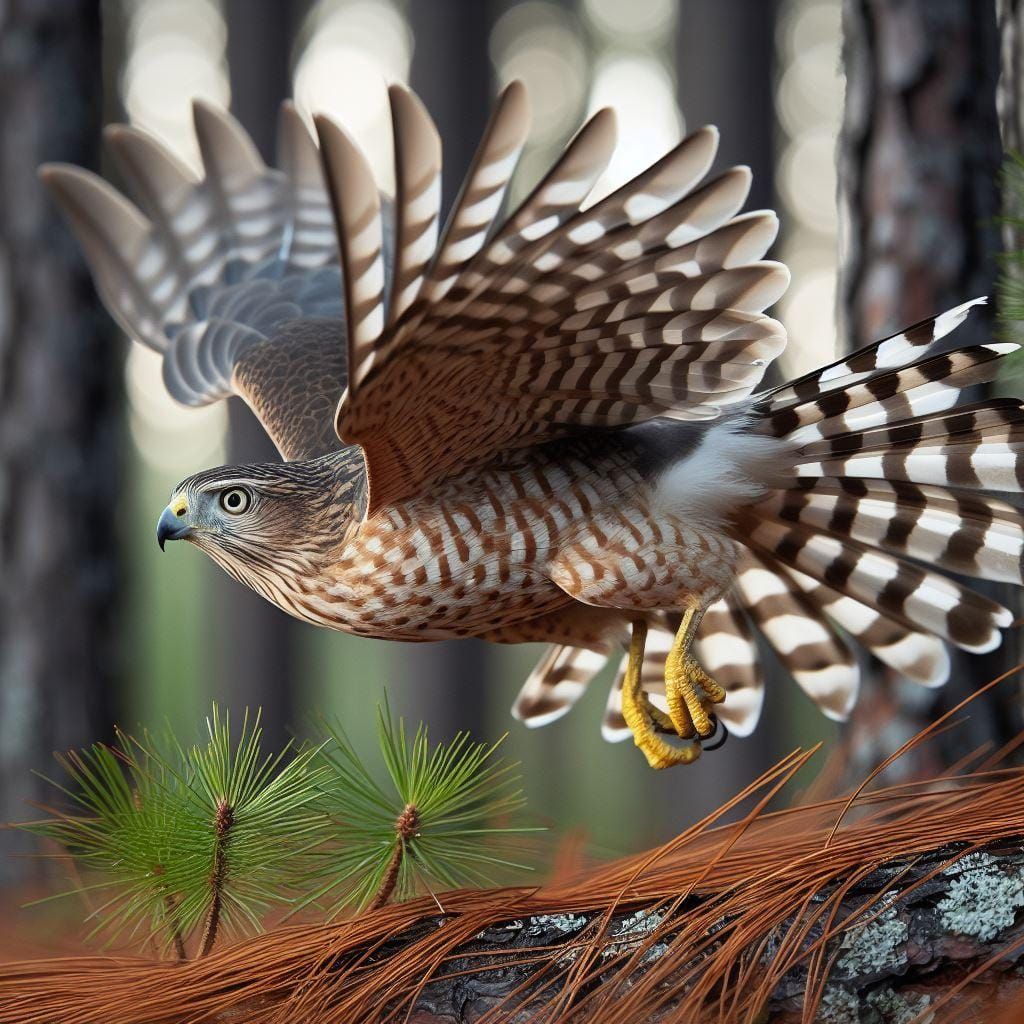
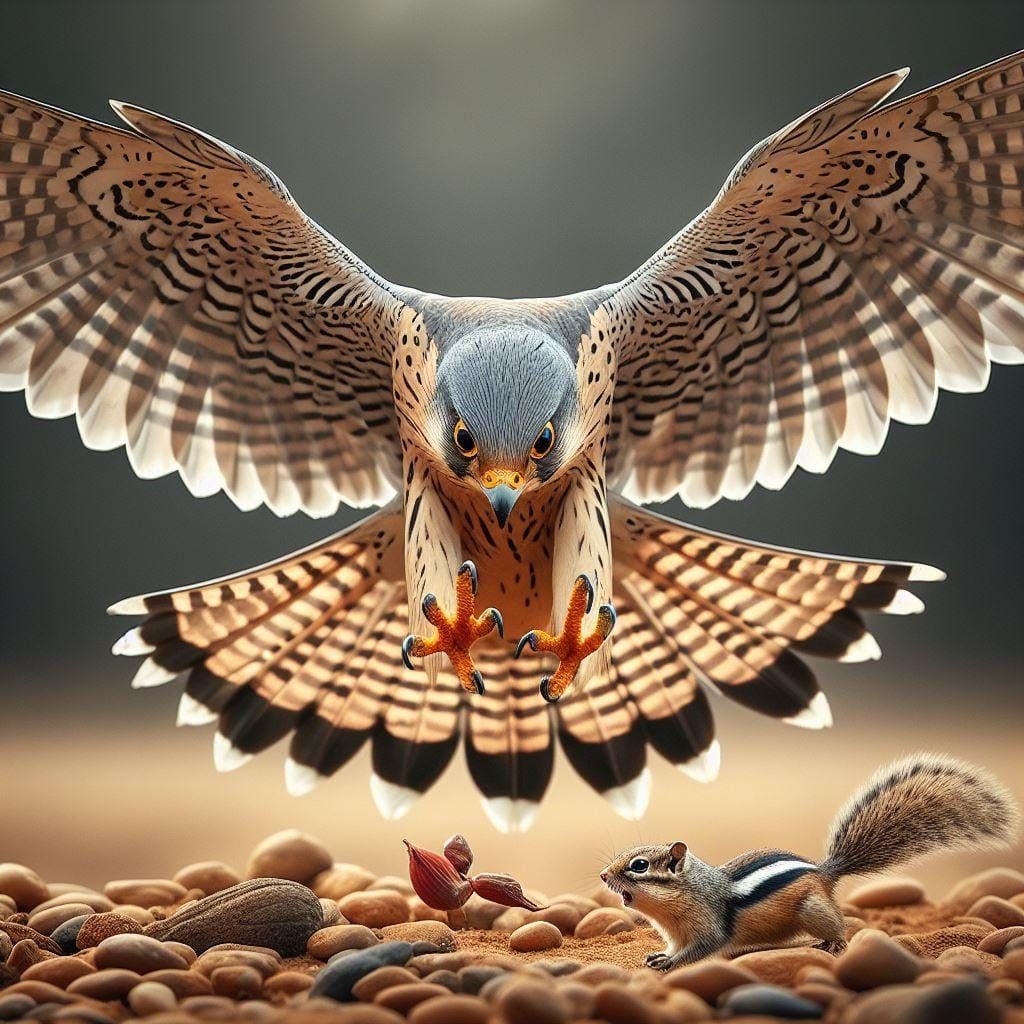
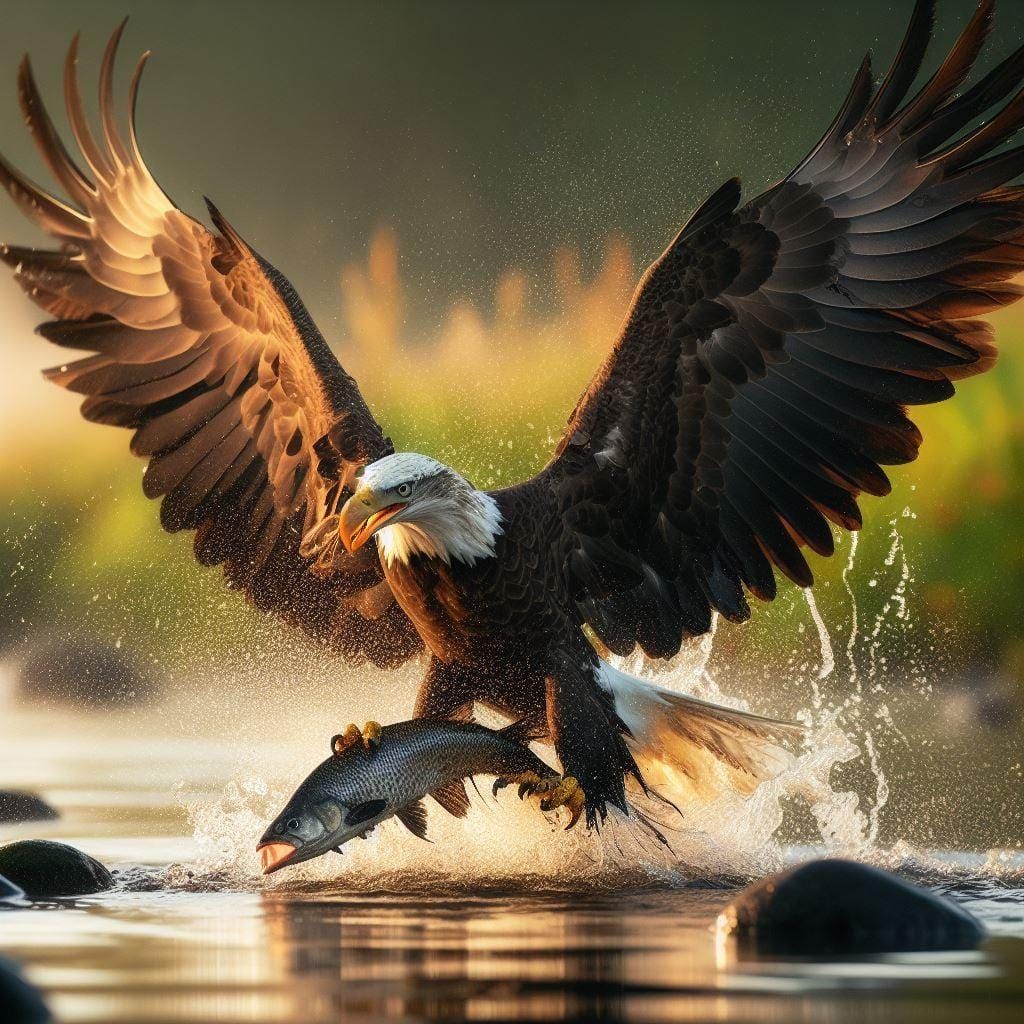
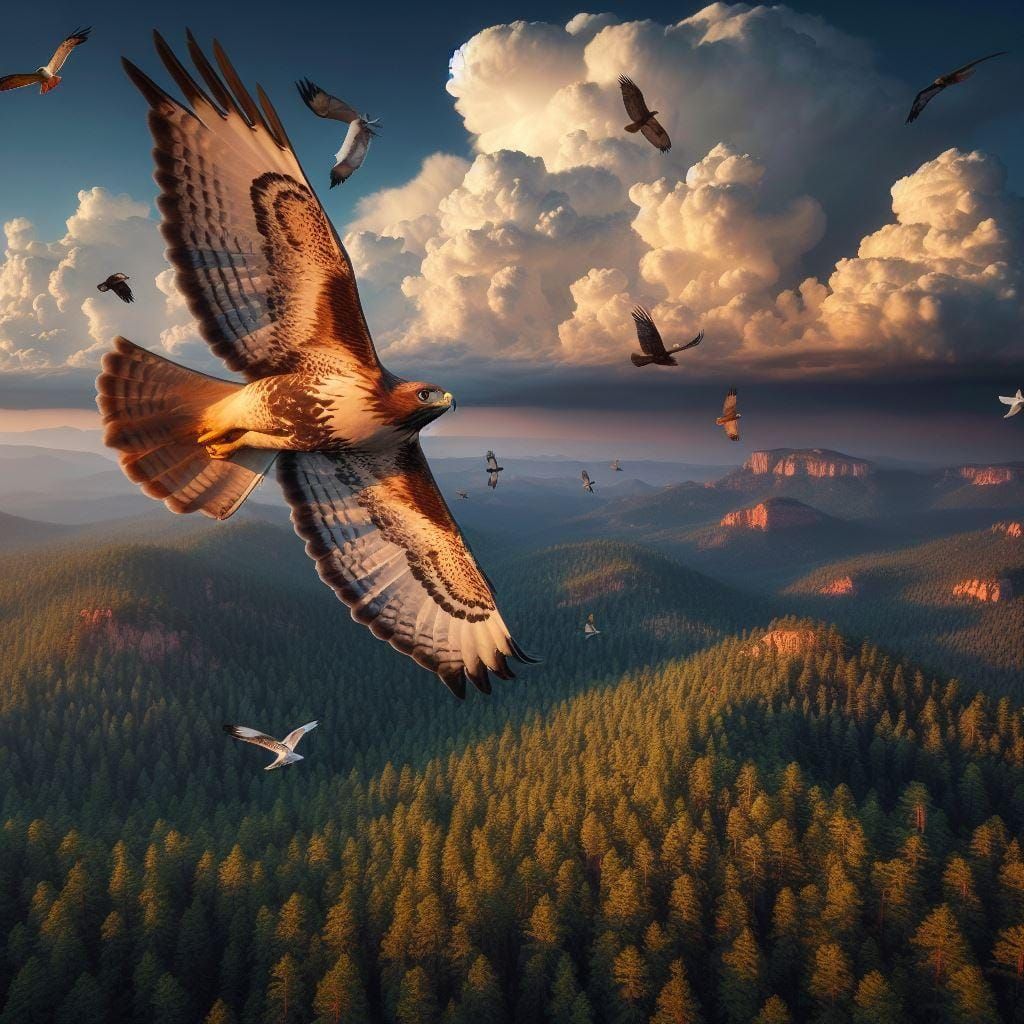
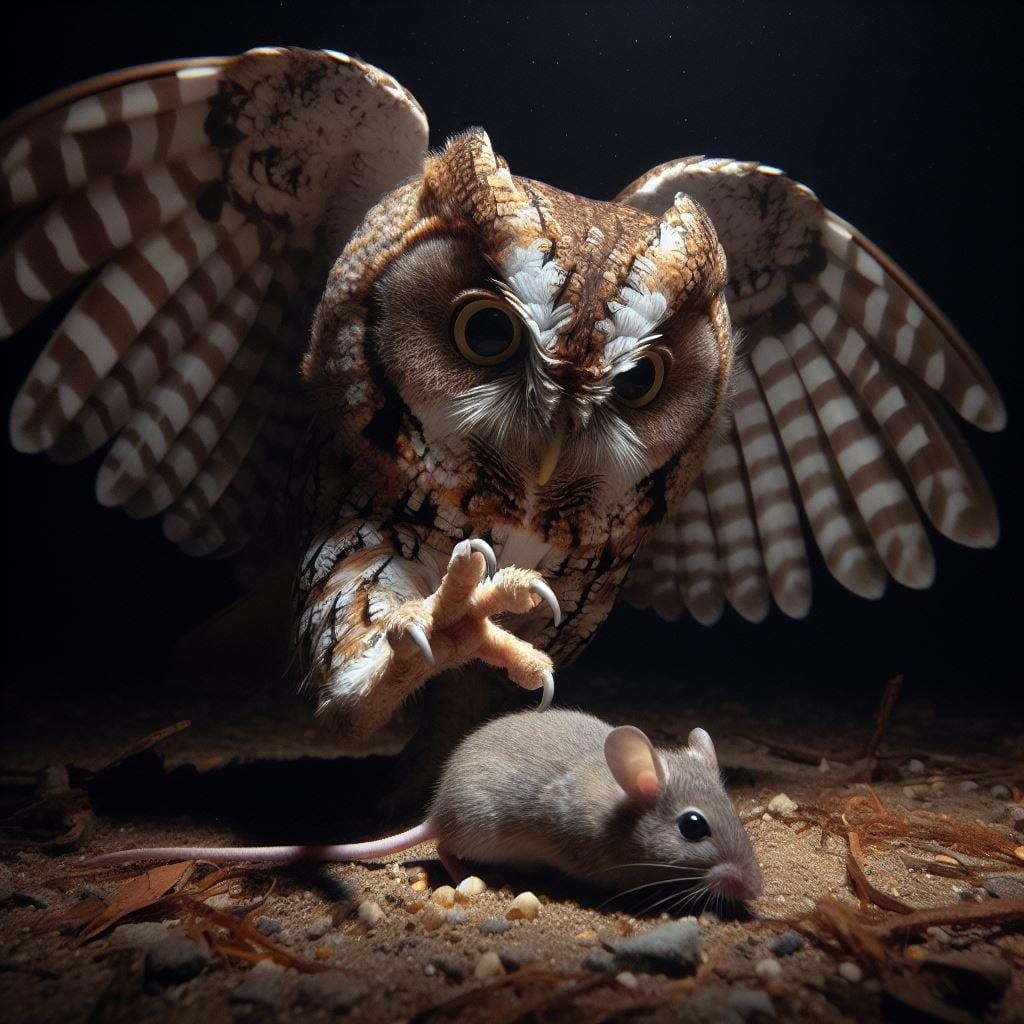
 Bee Balm (Monarda fistulosa)
Bee Balm (Monarda fistulosa)